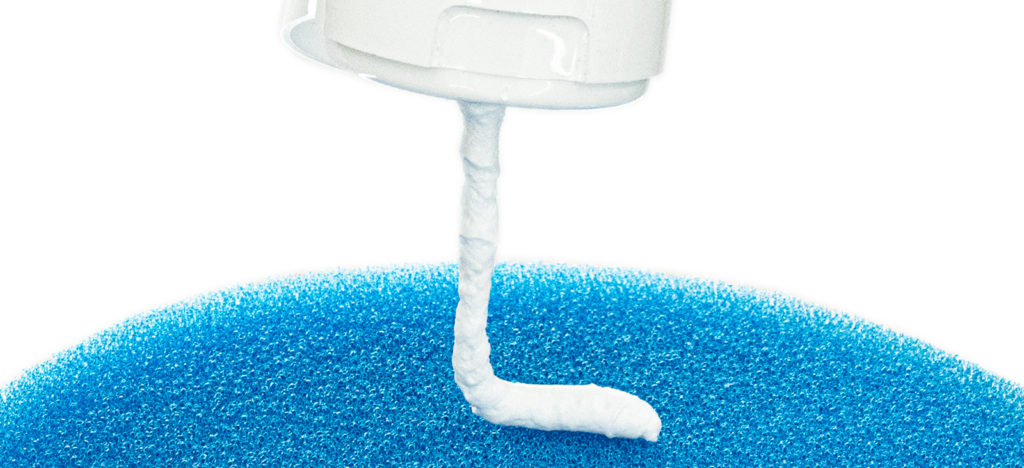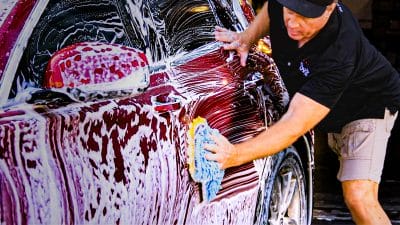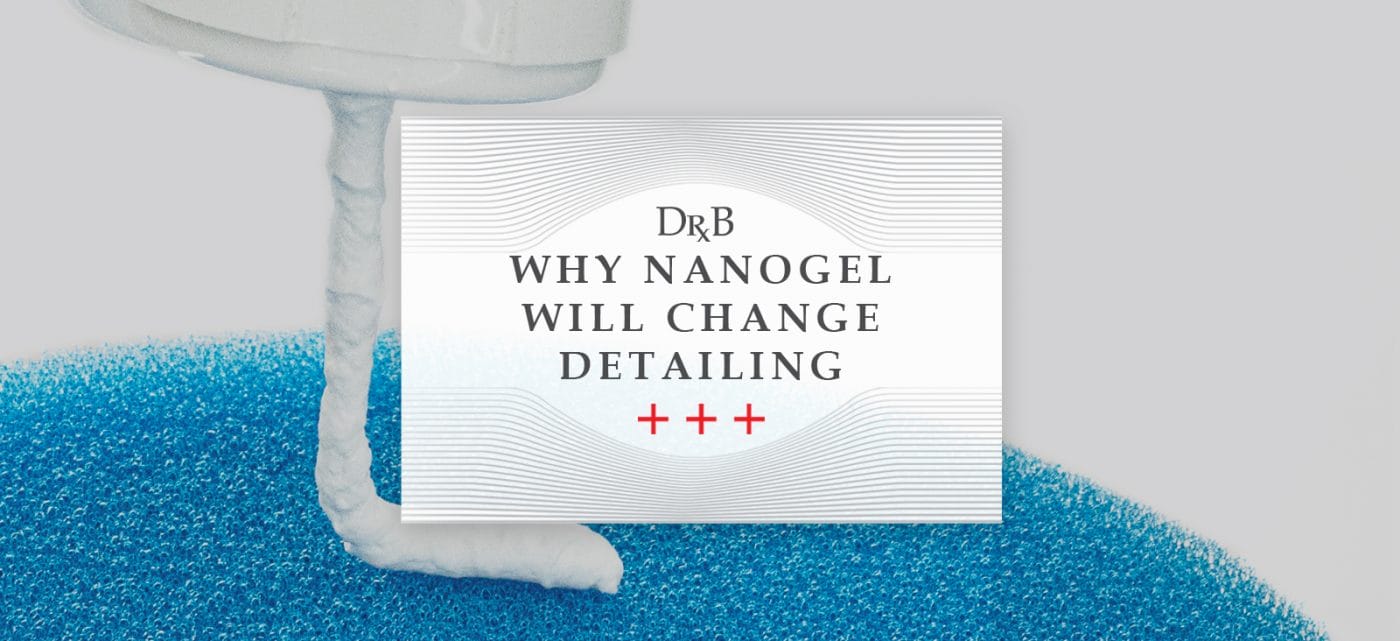Last Updated April 29, 2022
To machine buff car paint, you have to apply an abrasive substance to the buffing pad. That substance, which most people would call a “polish” or “compound”, is what does the heavy lifting when it comes to cutting through clear coat.
Unfortunately, most polish bases don’t play well with ceramic nanocoatings, nor do they distribute abrasives evenly. Those drawbacks are what led to Dr. Beasley’s using a proprietary nanogel to develop their Nano Surface Primers’ DxPrime technology. So what exactly makes existing polish bases so lacking, and what does DxPrime nanogel do different? Let’s break it all down:
Conventional Polish Bases
To this day, most polish bases are made from a cream-like mixture which includes waxes and oils. This has two major downsides. For one, the waxes and oils in the creamy base get left behind as residue, and because coatings require clean paint to bond with, getting a durable crosslink is near impossible.
Second, the low-viscosity nature of the base means the abrasives within tend to settle rather than remain suspended, clumping into a mass at the bottom of the polish container. This forces you to shake up your polish before priming the pad, and this doesn’t necessarily even fix the problem. All this uneven abrasive distribution will lead to an uneven surface post-correction, as the cutting rate will vary based on where abrasives are concentrated.
The Nanogel Difference
The nanogel base unique to the DxPrime technology is a massive improvement over existing bases, both in even abrasive suspension and ceramic nanocoating preparation. Let’s explain.

Uniform Abrasive Distribution
You know those hand soaps with the tiny beads floating around inside? Well, that’s basically what the abrasives inside the Nano Surface Primers’ nanogel look like. Because the primer base is a thick gel, abrasives float effortlessly within, suspended in place instead of sinking and clumping. As we mentioned earlier, uniform abrasive distribution keeps the cut even and the surface more smooth.
Zero Organic Residuals
The wax, oil and other fillers found in conventional polish bases are not present in the NSP nanogel. This ensures there’s nothing on the surface to interfere with the coating bond, allowing for the strongest possible fusion of clear coat and nanocoating.
Ceramic Nanocoating Base
There is something the nanogel leaves behind, however—a ceramic nanocoating base. As the abrasives cut out imperfections in the clear coat, the nanogel applies a microns-thick ceramic nano base coat. This serves three functions:
- Protects corrected clear coat to avoid wipe scratches and environmental contamination.
- This ensures a smooth, clean surface for the nanocoating to bond with.
- Provides built-in microns of thickness for the to-be-applied nanocoating.
- This puts more protection between the clear coat and the elements.
- Lays an adhesion matrix of anchor points that are optimized for nanocoating bond.
- Coatings with optimized clear coat bonds are durable for much longer on average
It’s all about creating the perfect surface for ceramic nanocoating protection while correcting the finish, rather than trying (and failing) to create one afterwards.
Why Nanogel Matters
If the paint protection world is moving on to ceramic nanocoatings, the paint correction world should be too. Therefore, we need to rethink paint correction not just for coating compatibility, but also for coating optimization. The nanogel inside the NSP line is just one example of that shift—there’s a lot more at play.





Questions? Comments?
Email Us